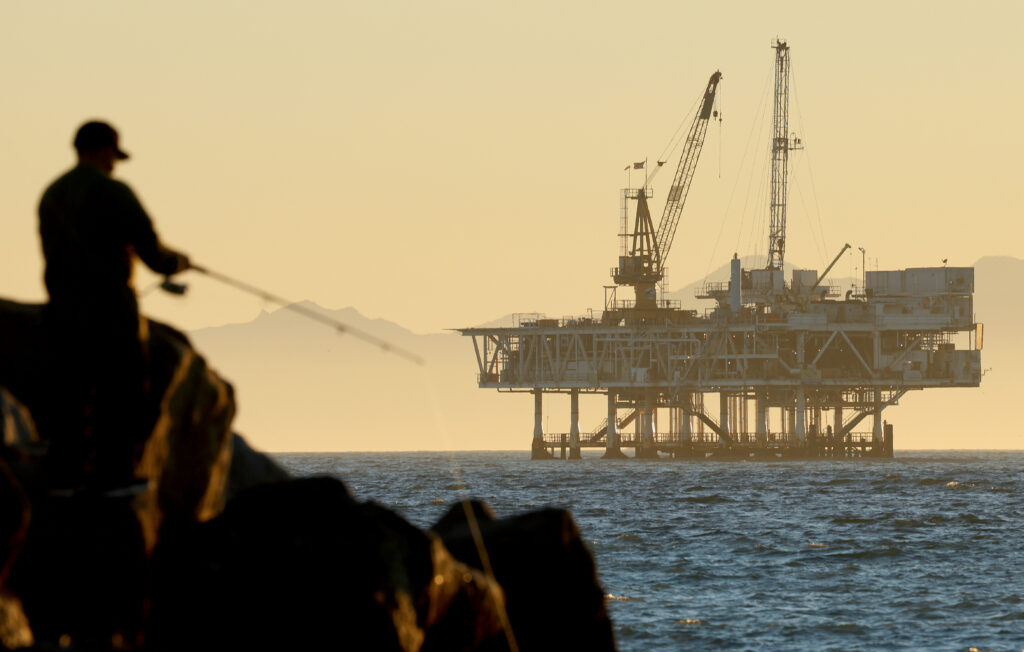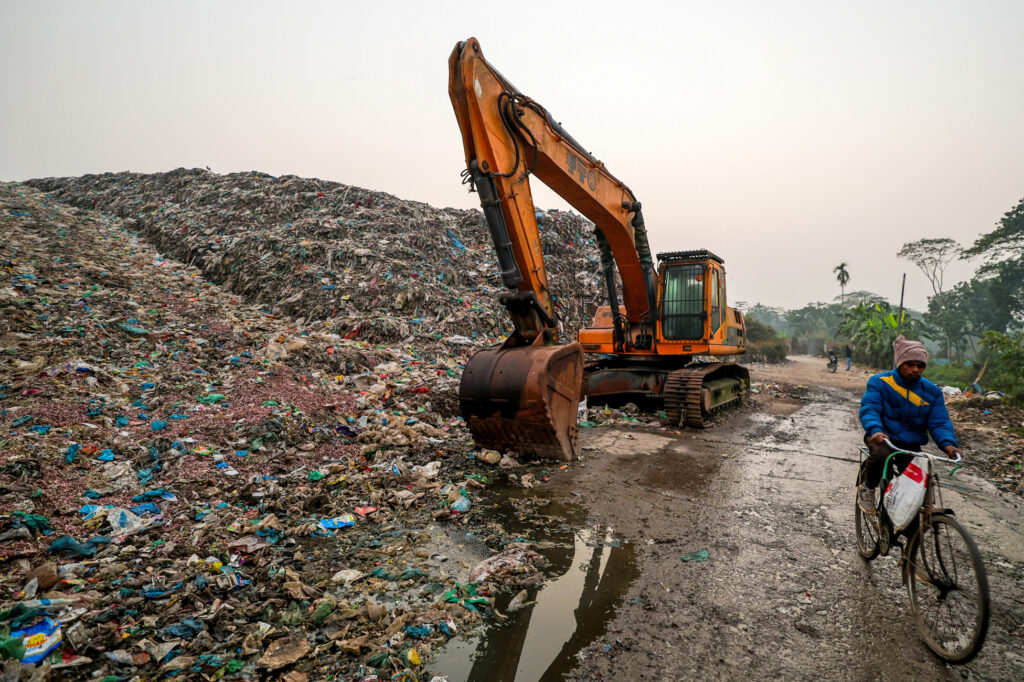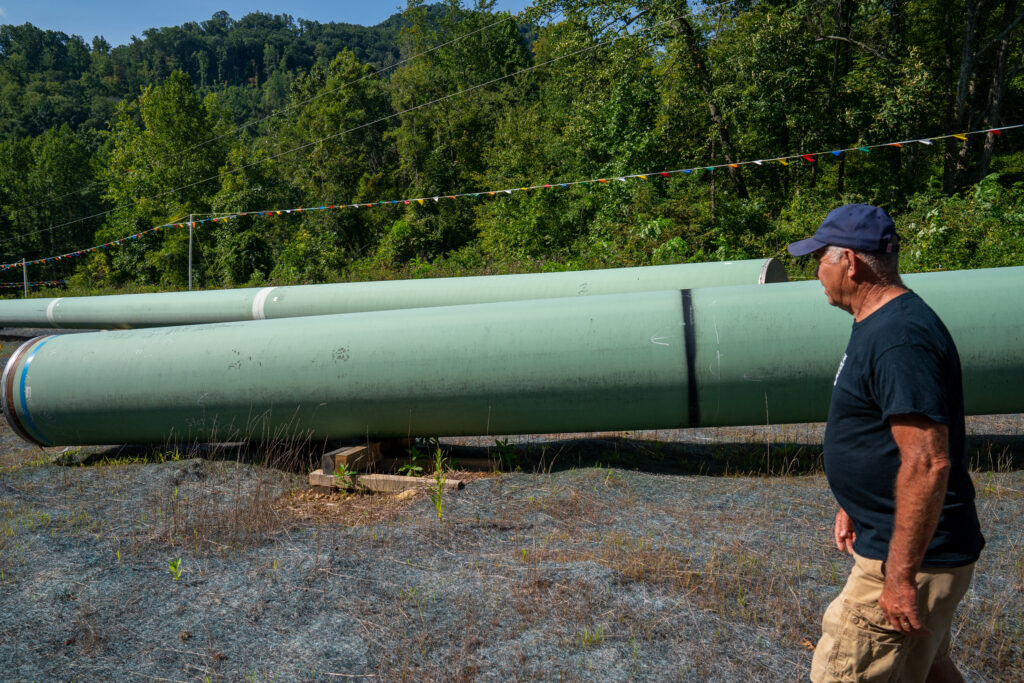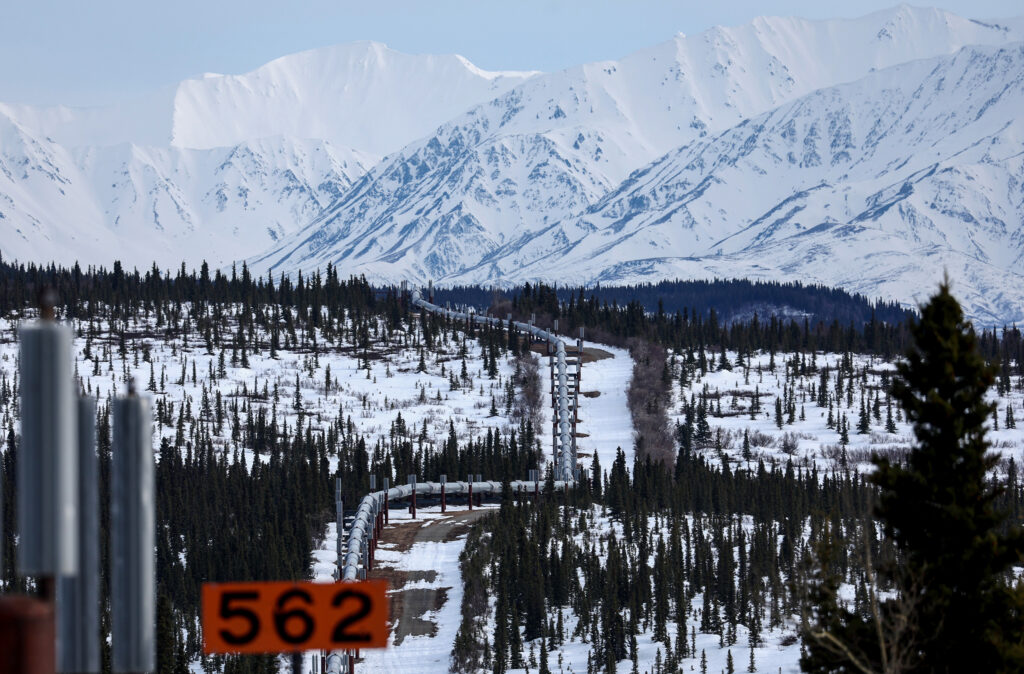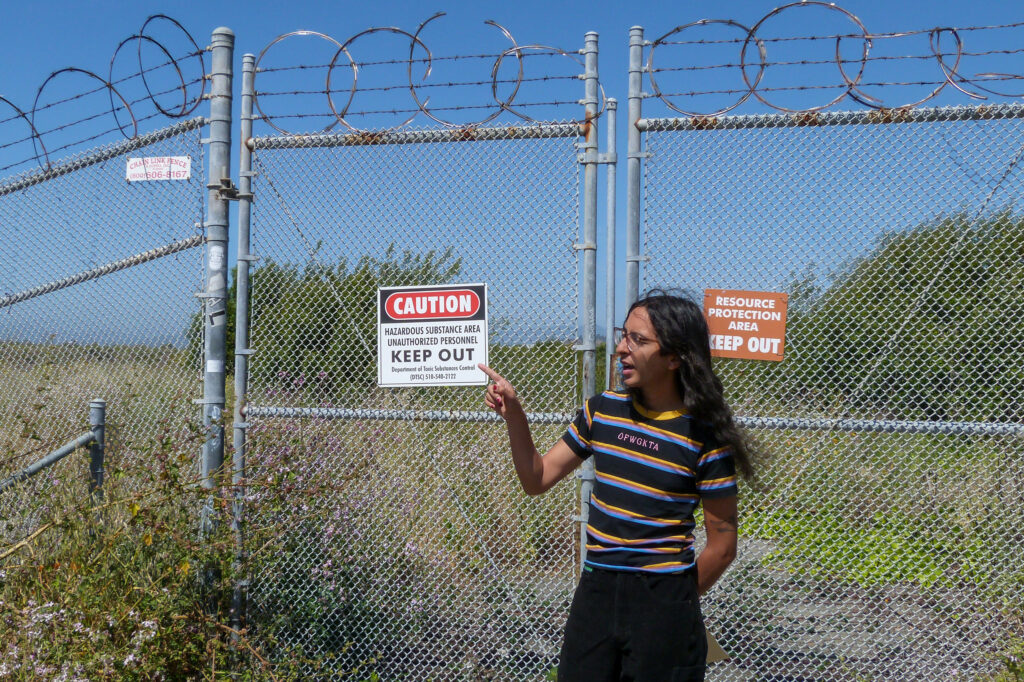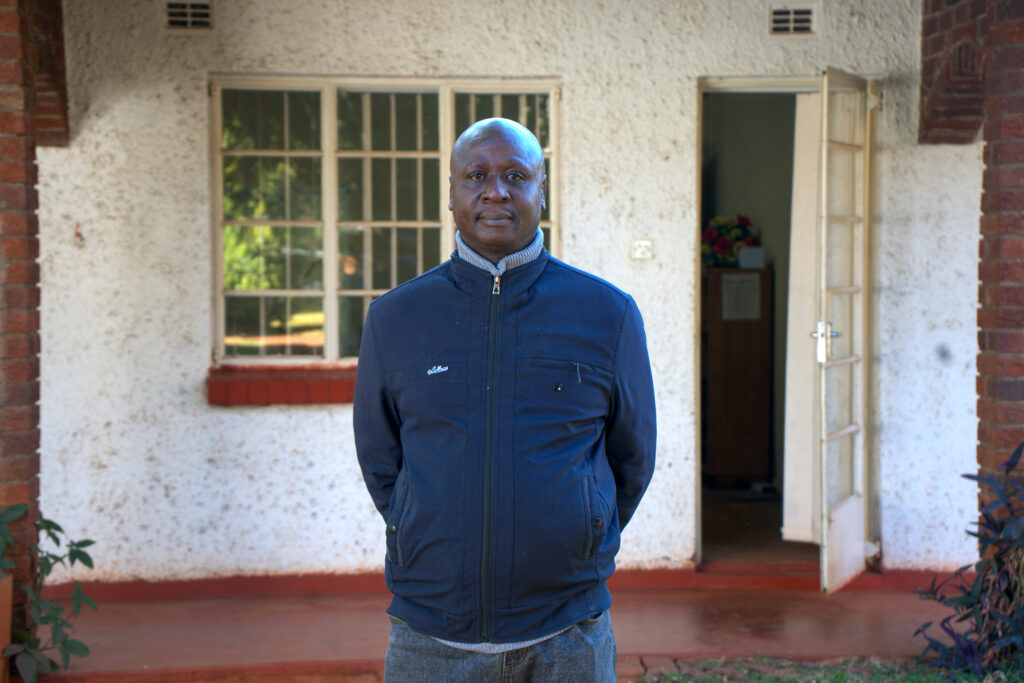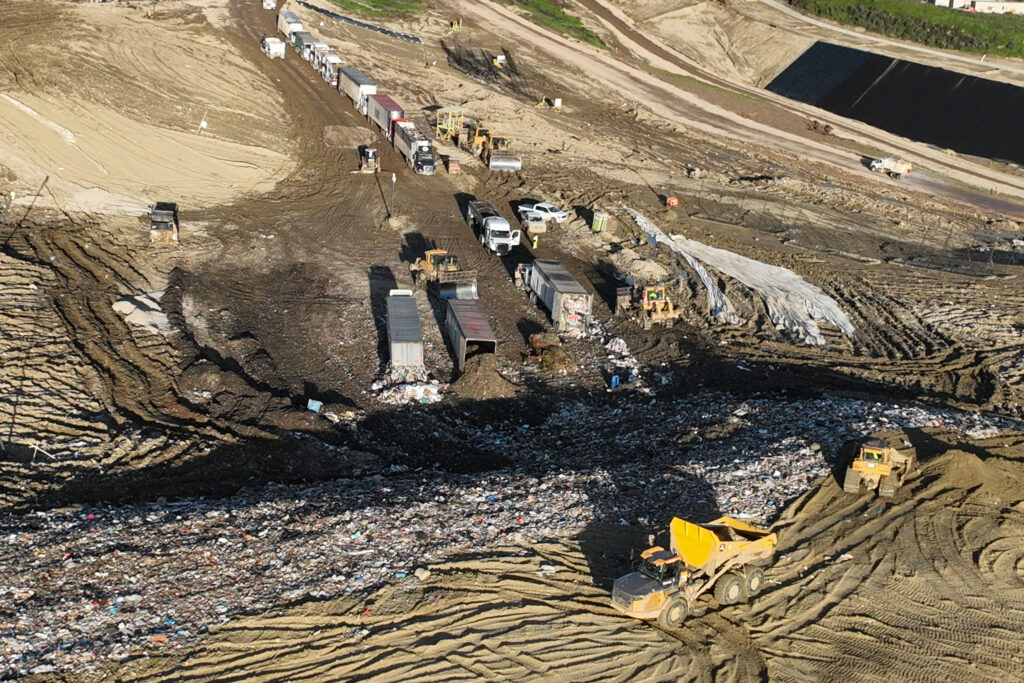In 2020, Dr. Deborah Gentile helped lead a study that showed children living near major sources of industrial pollution in Pennsylvania’s Allegheny County were diagnosed with asthma at triple the national rate—and quadruple for African American children. Among the students with asthma in the study, 59 percent suffered from uncontrolled symptoms.
Now Gentile, a pediatric allergist, has published a report looking at one of the real-world consequences of those numbers: missed days of school.
Researchers analyzed three years of attendance records for students in the school district directly adjacent to the 120-year-old Clairton Coke Works, which makes coke, a concentrated form of coal used to manufacture steel. The results showed that rates of absences for students with asthma “significantly increased” on days they were exposed to higher levels of PM2.5—fine particulate matter, tiny and often toxic particles that can be inhaled deep into the lungs.
“It was an 80 percent higher risk of absenteeism on higher-pollution days. That’s a pretty strong signal. When the pollution is bad, it’s keeping kids out of school,” said Matt Mehalik, a co-author of the study and the executive director of the Breathe Project, a coalition that monitors air quality in Southwestern Pennsylvania.
We’re hiring!
Please take a look at the new openings in our newsroom.
See jobs
The Coke Works has been named one of the most toxic air polluters in the county. It is one of three U.S. Steel facilities in the Mon Valley, a historic industrial center south of Pittsburgh. The Clairton school building, which serves all of the district’s students, is less than a mile from the Coke Works. Most of the children live within 2 miles of the Coke Works, and many of them walk to school.
“For me personally, the results of the report were not surprising, having been someone that’s lived here, suffered with asthma and has missed a ton of school from getting sick and having asthma attacks,” said Qiyam Ansari, a resident of West Mifflin, a town in the Mon Valley, and a field organizer for the Sierra Club’s Pennsylvania chapter. He grew up in the Mon Valley and suffered his first asthma attack in high school. “I’m glad that there is serious research being conducted to talk about these problems.”
In a statement to Inside Climate News, U.S. Steel spokesperson Andrew Fulton alleged that the study contained “spurious claims leading to what appears to be predetermined and questionable conclusions aimed at making headlines.” He said the study relied on “stale data from 2015-2018 that predates the shutdown of five coke batteries at Clairton and tens of millions of dollars of subsequent investment in environmental controls and equipment and U. S. Steel’s consistent high performance with environmental standards.”
Between 2020 and 2023, U.S. Steel was fined more than $11 million for air quality violations at the Clairton Coke Works alone. In 2024, the company settled a lawsuit brought following failures of its pollution controls in 2018 for $42 million. Despite these penalties, problems at the site continue. Earlier this month, the Allegheny County Health Department fined U.S. Steel more than $900,000 for violations of the federal Clean Air Act at the Coke Works.
Fulton said U.S. Steel is “considering our options to appeal the fine levied against our Clairton facility. We would have welcomed collaborative, good-faith discussions with ACHD before it unilaterally issued the Order, which is the optimal relationship between a regulator and those it regulates.”
Fulton said during the period of time covered by the enforcement order, the company has achieved “a compliance rate greater than 99.9% throughout more than 185,000 pushes” of coke from the oven to railcars, when emissions are supposed to be captured before cooling. He said U.S. Steel has achieved a 100 percent compliance rate for pushes so far in 2025. “We will continue to make Environmental Excellence a priority at all of our Mon Valley Works facilities,” he said in his statement.
Juxtapose the air quality violation history at U.S. Steel with the study’s findings, Mehalik said, and “an ugly picture starts to emerge about corporate behavior.”
From 2021 to 2023, Allegheny County met the U.S. Environmental Protection Agency’s National Ambient Air Quality Standards for PM2.5, the county health department reported in January 2025, and air quality has improved in the region since the early 2000s. But the data in that report, from 2023, shows that the monitoring station downwind from Clairton registered six exceedances for PM2.5 in 2023. One of those showed particle pollution at three times the EPA standard for a 24-hour maximum.
This story is funded by readers like you.
Our nonprofit newsroom provides award-winning climate coverage free of charge and advertising. We rely on donations from readers like you to keep going. Please donate now to support our work.
Donate Now
In 2023, that monitoring station’s annual average only just met the EPA standard at the time, 12 micrograms per cubic meter of air. In 2024, the EPA lowered this threshold to 9. The World Health Organization recommends an annual average of 5.
The American Lung Association gave Allegheny County failing grades for particle pollution in its annual state of the air report in 2025. More than 200,000 children are growing up in this environment.
“They’re breathing this daily,” Gentile said—at home, recess, activities, on the walk to school. “This impacts these children’s lives. For a certain percentage of these children, this is the cause and the trigger of their attacks. And you can prevent this problem by cleaning up the air.”
Gentile is the medical director at the nonprofit Community Partners in Asthma Care in Clairton, as well as an adjunct assistant professor at the University of Pittsburgh in the department of environmental and occupational health.
Climate change compounds the effects of air pollution because it is causing more days with a high heat index and a high pollen count, both of which can inflame symptoms for people with respiratory issues. “You’re actually seeing almost a doubling of absences in all school children on high heat index days,” Gentile said.
Missing school has cascading and long-term effects on students’ lives, she said. Students who are often absent are more likely to fall behind academically at a key time in their education and development. They miss out on after-school activities and socializing. Their parents miss work to care for them. “This problem magnifies itself,” she said.
“For a certain percentage of these children, this is the cause and the trigger of their attacks. And you can prevent this problem by cleaning up the air.”
— Dr. Deborah Gentile, pediatric allergist
Gentile’s newest report joins a growing body of research that underlines the public health harms caused by coal-based steelmaking. Living near the pollution created by the processing of coal to make steel has been linked to increased emergency room visits, premature deaths and cancer.
“Asthma is just one of the diseases that are impacted by air quality,” Gentile said. “This is just one piece of the picture.”
With President Donald Trump’s emphasis on the importance of coal as a manufacturing fuel and his determination to dismantle environmental regulations, residents fear there is little hope of lowering the region’s air pollution levels. Last month, at the invitation of the EPA, U.S. Steel requested a two-year exemption from air quality standards governing some toxic chemicals like benzene and mercury.
In April, Trump signed an executive order titled “Reinvigorating America’s Beautiful Clean Coal Industry.” The Department of Energy recently designated coal as a “critical material” because of its role in steelmaking.
“Trump loves to say ‘clean coal,’ which is a really outrageous statement,” Ansari said. “There’s nothing clean about coal.”
The EPA did not respond to requests for comment.
Trump’s announcement of U.S. Steel’s merger with the Japanese company Nippon Steel has only increased residents’ concerns that the status quo will continue. Speaking at U.S. Steel’s Irvin Works in West Mifflin in May, Trump vowed that the company will “maintain all of its current operating blast furnaces at full capacity for a minimum of the next 10 years.”
After Trump’s visit to West Mifflin, town Mayor Chris Kelly told the Pittsburgh Post-Gazette that the deal was “great news.”
“The Mon Valley is back,” he said.
Hearing the mayor’s optimism, Ansari wondered who the deal would be “great news” for.
“They say, ‘This is good for us.’ But who is ‘us’? Who exactly is benefiting?” he asked.
Between the steel industry and Pittsburgh’s growing healthcare industry, “we now have a system where they are incentivized to keep everything the same,” he said. “Where does that leave us when we actually try to address the needs of some of the most vulnerable people? We’re sacrificing our future.”
About This Story
Perhaps you noticed: This story, like all the news we publish, is free to read. That’s because Inside Climate News is a 501c3 nonprofit organization. We do not charge a subscription fee, lock our news behind a paywall, or clutter our website with ads. We make our news on climate and the environment freely available to you and anyone who wants it.
That’s not all. We also share our news for free with scores of other media organizations around the country. Many of them can’t afford to do environmental journalism of their own. We’ve built bureaus from coast to coast to report local stories, collaborate with local newsrooms and co-publish articles so that this vital work is shared as widely as possible.
Two of us launched ICN in 2007. Six years later we earned a Pulitzer Prize for National Reporting, and now we run the oldest and largest dedicated climate newsroom in the nation. We tell the story in all its complexity. We hold polluters accountable. We expose environmental injustice. We debunk misinformation. We scrutinize solutions and inspire action.
Donations from readers like you fund every aspect of what we do. If you don’t already, will you support our ongoing work, our reporting on the biggest crisis facing our planet, and help us reach even more readers in more places?
Please take a moment to make a tax-deductible donation. Every one of them makes a difference.
Thank you,





